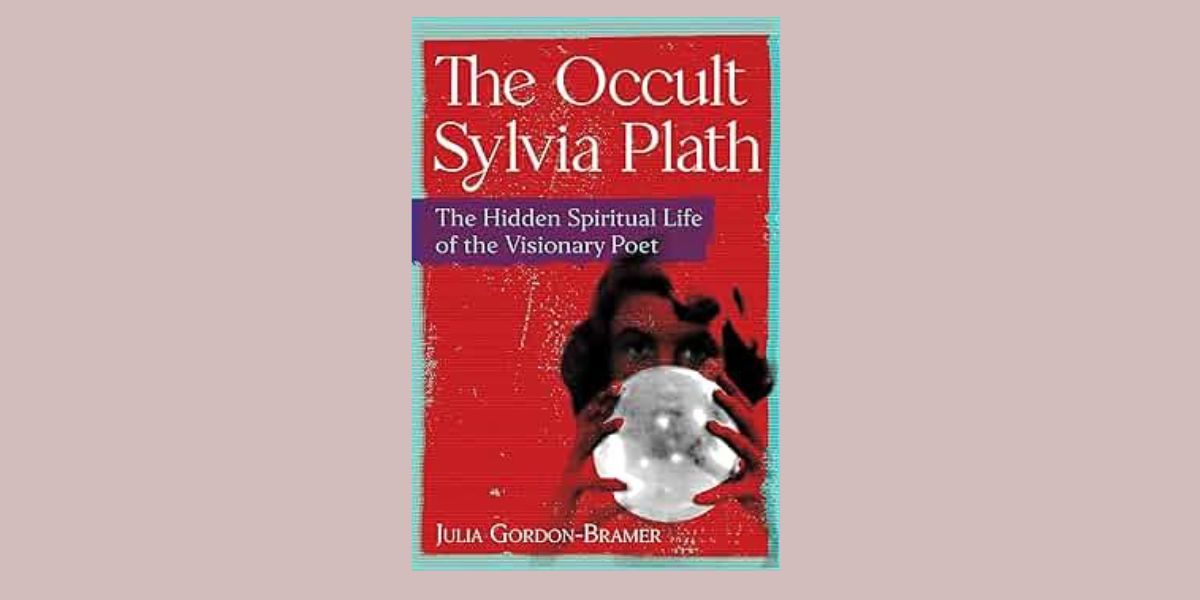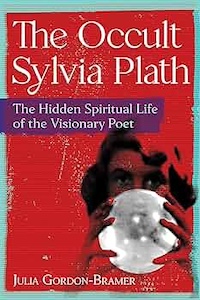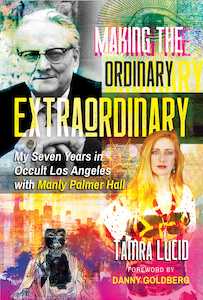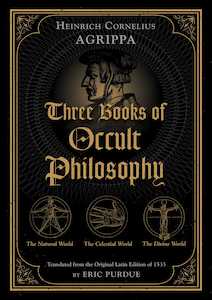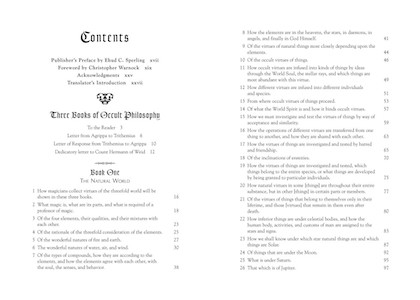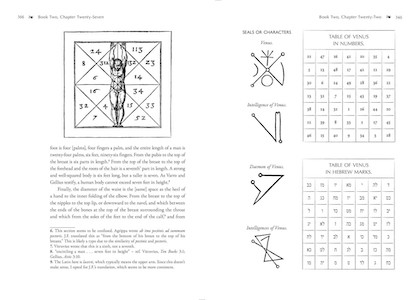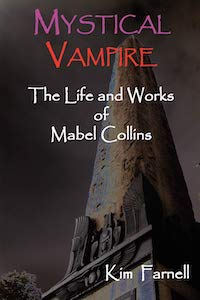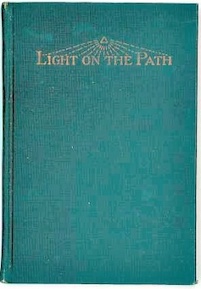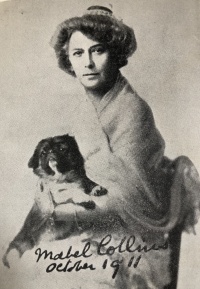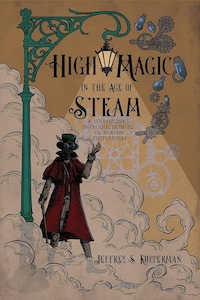
High Magic in the Age of Steam: A Steampunk’s Introduction to Victorian Esotericism, by Jeffrey S. Kupperman
Crossed Crow Books, 1959883623, 200 pages, August 2024
High Magic in the Age of Steam: A Steampunk’s Introduction to Victorian Esotericism by Jeffrey S. Kupperman is a fascinating exploration of the intersection between the steampunk aesthetic and the rich tapestry of Victorian esoteric practices. Filled with interesting historical overviews of the occult movements emerging during the Victorian era, along with character sketches one might use to model their steampunk persona, this book links the past, present, and future (or in regard to steampunk, retrofurturism). In a time when technological advancements were rapidly reshaping the world, High Magic in the Age of Steam delves into the intersection of the occult movements flourishing alongside, offering a wider-range of technofantasy elements one can draw upon for steampunk inspiration.
“The occult has always been part of steampunk, either artificially partitioned as Gaslamp, or just generally ignored by steampunks outside the various occult communities. The point of this book is not to redefine steampunk but to expand it to be more inclusive.”1
Kupperman begins High Magic in the Age of Steam by sharing the history of steampunk, from its origins to the nuance about the definition of the genre. There’s many dimensions to steampunk, and for those on the outside looking in, it can feel like a whole new world to understand. It’s clear Kupperman has done a lot of reflection on steampunk and come to see areas where it can expand to be more accessible to a wider audience. This book aims to integrate occultism with the science of the time with Kupperman noting:
“Victorians also had a deep interest in the occult and occultist—any number of whom were also scientists—and often considered various occult practices as kinds of science.”2
Following the foundation he’s laid about steampunk and magic, Kupperman moves into detailed examination of the various forms of occultism that flourished during the Victorian era, including Theosophy, Masonry, Druidry, Spiritualism, and more. For each one, he provides thorough explorations of traditions and stories of the prominent individuals within the movement. He really delves into the belief systems of the movements, how they impacted and were impacted by zeitgeist of the era, and the characteristics one might draw upon to distinguish their steampunk persona. At the end of most sections, there’s a full character sketch, which highlights their occult background and describes the attire one can use to convey this persona.
While reading this book, I was continually impressed at the way Kupperman teaches and explains each esoteric practice, providing enough information to get a full overview with an intuitive knack of capturing the essence of each. His style of writing is straight-forward and engaging, ensuring that complex concepts are broken down into digestible parts while also honoring the nuances of the topic being explained. Through his story-telling, these movements come to life, and the reader feels themselves placed within the period Kupperman is writing about. This transportive aspect makes this book a real journey through time, which I feel is immeasurably helpful for getting in character.
Kupperman does a great job of skillfully situating occultism within the broader context of Victorian society, exploring how technological advancements and societal changes influenced the spiritual landscape and vice versa. One instant of this is how he presents the impact Spiritualism had on the social movements of abolition and women’s rights. This historical grounding adds depth to the book, allowing readers to appreciate the unique blend of science and mysticism that characterized the era in order to connect with their steampunk persona in a deeper way.
Another aspect of the book I enjoyed is Kupperman’s insightful commentary on the cultural and social implications of occult practices during the Victorian era. In the beginning of the book, he delves into the sticky subject of cultural appropriation vs. appreciation, which was rampant during the imperialism of this age. He never shies away from acknowledging the social inequalities of the time nor the racism that cropped up in certain occult communities, such as Theosophy’s idea of “root races”3. There are even times Kupperman refrains from presenting a character sketch, such as for Vodou, which I really respect.
The Appendices and additional chapters at the end of the book also contain a wealth of information too. “Appendix A: Persona Building” and “Appendix B: Expanded Steampunk Personae” assists readers with getting started in steampunk. Whether one wants a more DIY approach or prefers to use prefabricated character sketches, Kupperman provides useful guidance about how to create one’s own steamsona. I particularly like how he encourages readers to create their own history in “Appendix C: Building a Better Order” that moves away from the racism or infamy some of the real esoteric organizations come along with. In regard to creating one’s own order, he writes:
“You can do whatever you’d like it with and there really is no one to challenge you on its historical accuracy outside of blatant anachronism. Even that can be easily written off as something that exists at that time in the steampunk world you inhabit, even If it didn’t exist in ours.4
I was drawn to High Magic in the Age of Steam for two reasons. The first is that I love reading occult history and the Victorian era is one of my favorite periods. The second is that I was going through a bit of a professional identity breakdown; it felt like how I was presenting myself was no longer resonating with recent change and growth I’ve experienced. I’d never thought about crafting a “persona” before, whether for roleplaying or in my professional offerings (I guess in this regard it’s considered “branding”), so I was looking for insight into how one goes about doing so.
In both regards, all my expectations were exceeded by Kupperman. The historical writing was fascinating, containing a lot of details that often are overlooked in a quick summary of the occult movement. It’s extremely evident he took so much care in portraying the Victorian occult as accurately as possible. Then Kupperman’s descriptions about incorporating each occult practice into a steampunk persona gave me so much insight into how I could play with my own professional identity, highlighting certain aspects of myself and what I offer to others, to feel more aligned with how I present myself. I feel a lot more free to play around with how I show up to others now.
Overall, High Magic in the Age of Steam is a well-researched work that successfully bridges the gap between historical study and creative exploration. Kupperman has crafted a compelling guide that will delight both steampunk aficionados and those curious about the mystical side of Victorian history. This book is a must-read for those interested in Victorian or modern occultism (so much of today’s occultism is influenced by this time period!). It’s honestly been my favorite occult book that I’ve read in a while.
For fans of steampunk, especially those looking to incorporate an esoteric element to their persona, Kupperman offers a treasure trove of inspiration. He draws connections between the aesthetics of steampunk and the symbols and rituals of Victorian occultism, providing a rich source of material for writers, artists, and enthusiasts looking to deepen their understanding of the genre. The book’s imaginative approach encourages readers to see the Victorian era not just as a backdrop for steampunk adventures, but as a vibrant, mystical world in its own right that saw the creation of esoteric movements that continue to be practiced today.
Alanna Kali is an astrologer, numerologist, and pioneer spirit that loves to explore life through the lens of depth psychology. She has a passion for studying the humanities and social trends. Her academic work is centered upon reuniting body, mind, and spirit through eco-psychology. She loves reading, spending time in nature, and travel.

